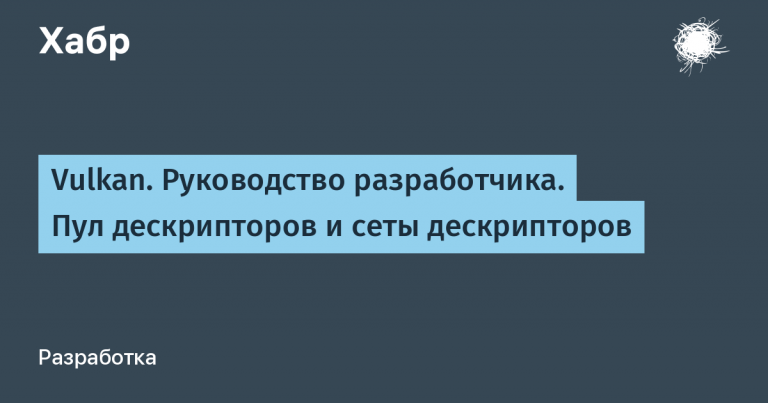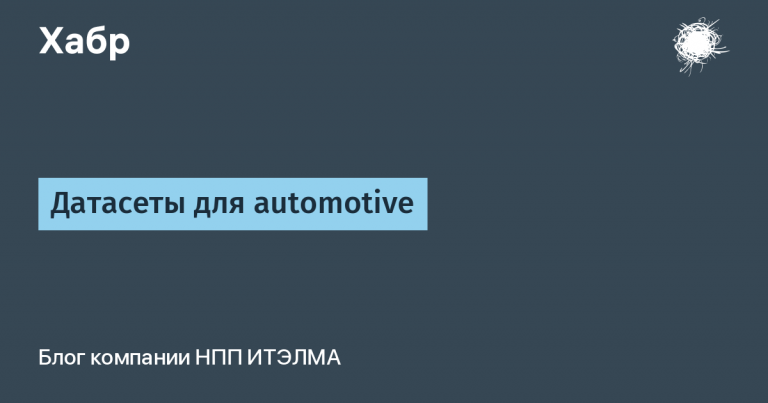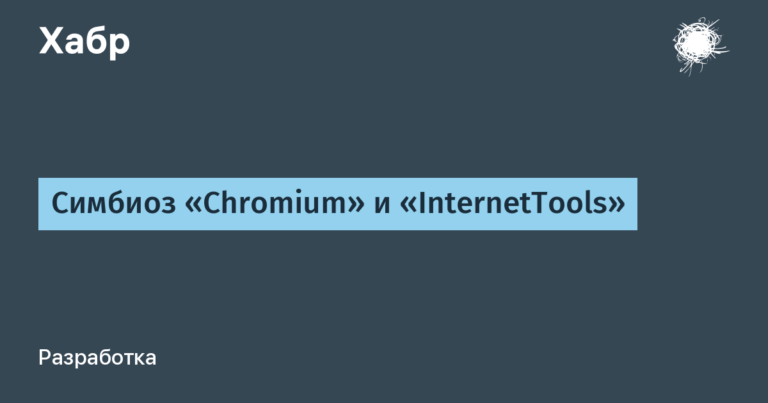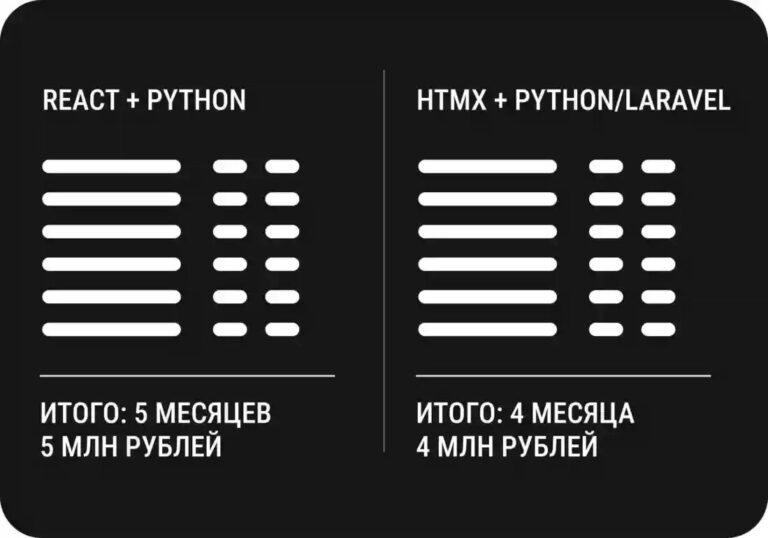How we at Luxoft built internal IT communities
In addition to external communications, we are also engaged in internal projects for employees. One of them, the system of internal IT communities, will be discussed today.
Background
Luxoft today is a large company with a staff of more than 13 thousand people around the world. In each of the three lines of business (Financial, Automotive and Digital Engineering) there are many projects and practices in which we accumulate rare expertise, for example: IoT, Machine Learning, Embedded programming, Computer Vision, Blockchain, and many others. At different times, the company had various internal communities in which to discuss these topics. However, like everyone who has ever tried to gather a community, the organizers faced difficulties in finding speakers, attracting participants, and difficulties in maintaining the motivation of speakers and community leaders. When the project was transferred to our team, we began to think about how to overcome these barriers and raise the project to a new level.
Idea
We came up with the idea of a structure in which communities will exist on two levels: global and within the lines of business. Global groups are created around common, well-known topics; inside the lines, there are more specific technologies that are applicable only in a particular industry.
Working draft structure:
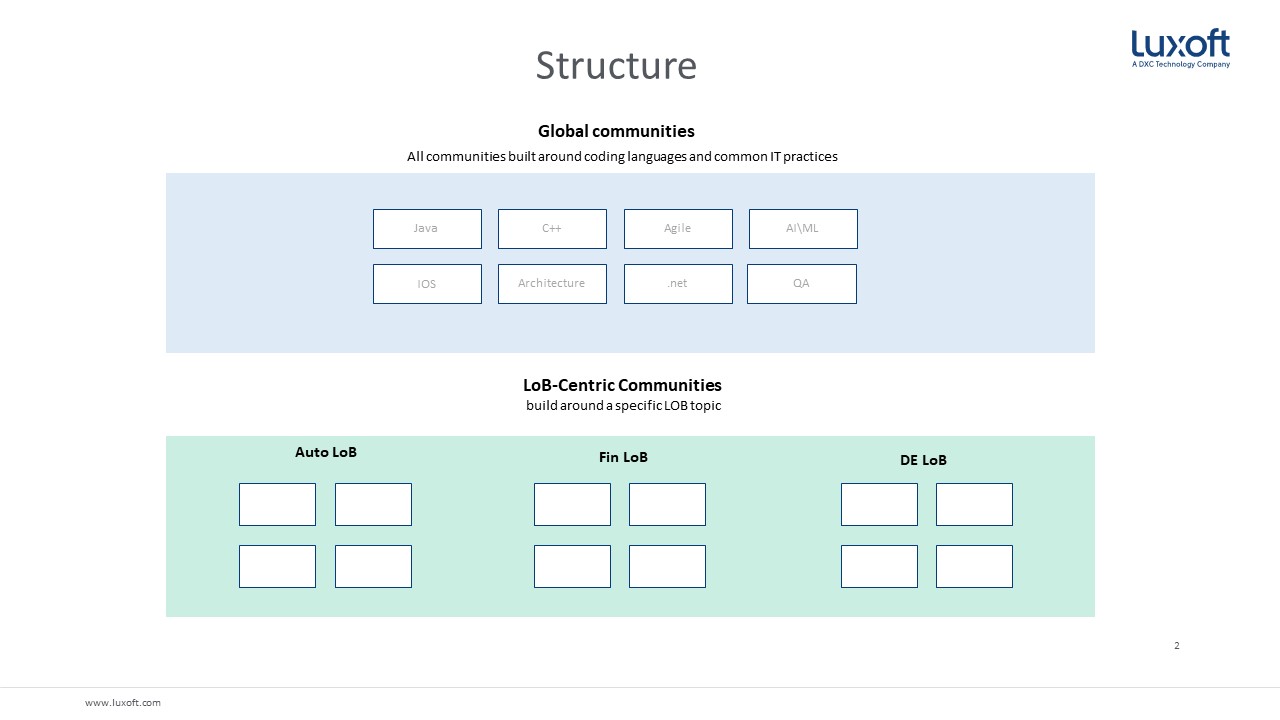
The most important thing for this design to work is a group of community leaders, experts on a specific topic, who will help shape the agenda and will themselves share knowledge with other participants.
We went with the idea with the presentation, and over three months made more than 60 presentations – the result exceeded our expectations, but more on that later.
From you only desire and a little time, from us – everything else
After analyzing previous experience working with communities, we developed a system of four components:
1. Corporate identity
For each community, its own corporate identity will be created, including a logo, unique colors, design of T-shirts and sticker packs.
2. Launch and promotion
We have prescribed a simple and clear framework for launching the internal community, consisting of four steps:
- negotiate community goals with experts
- identify the target audience and collect insights
- create a content plan for 3-4 months in advance
- launch and promote
3. Ongoing support
This includes important, but rather obvious things, such as: organizational and technical support for meetings, announcements, planning, etc.
4. Integration with the loyalty program
Luxoft has a program that allows employees to earn points and exchange them for a branded souvenir (from a T-shirt to a smartphone). Thus, we thank both the speakers and the community drivers for their efforts and desire to share their knowledge.
Implementation
The project was called TechSpace (technology space).
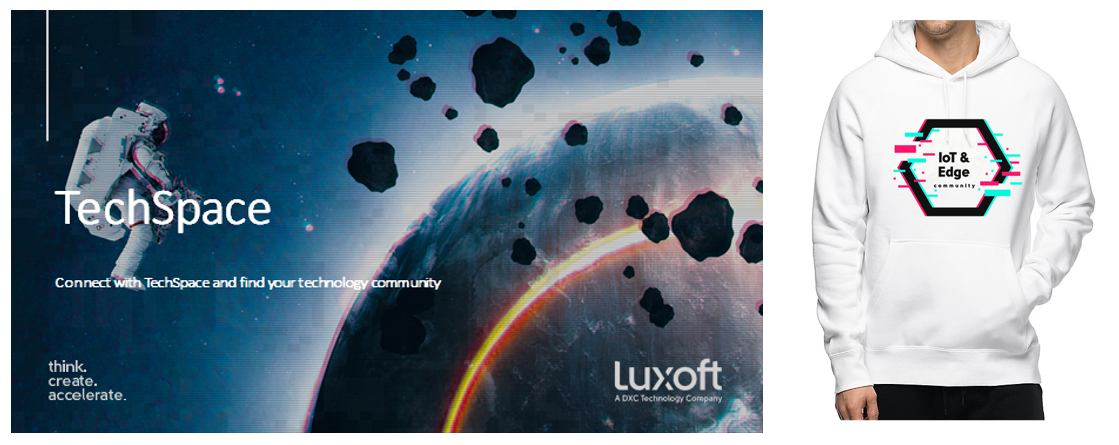
Logos were created for all the community – unique, but in the same style. For instance:
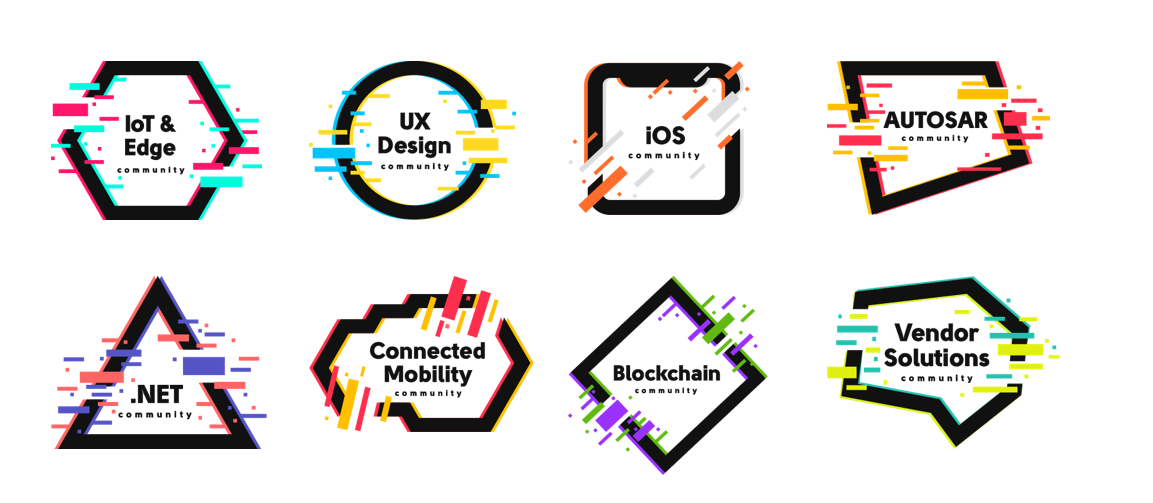
By the start of the project in November 2019, 13 groups were formed. Within a month after the launch, activity in one of the groups naturally died away, and requests for help in launching five new ones came.
At the time of publication of this text, the TechSpace structure looks like this:
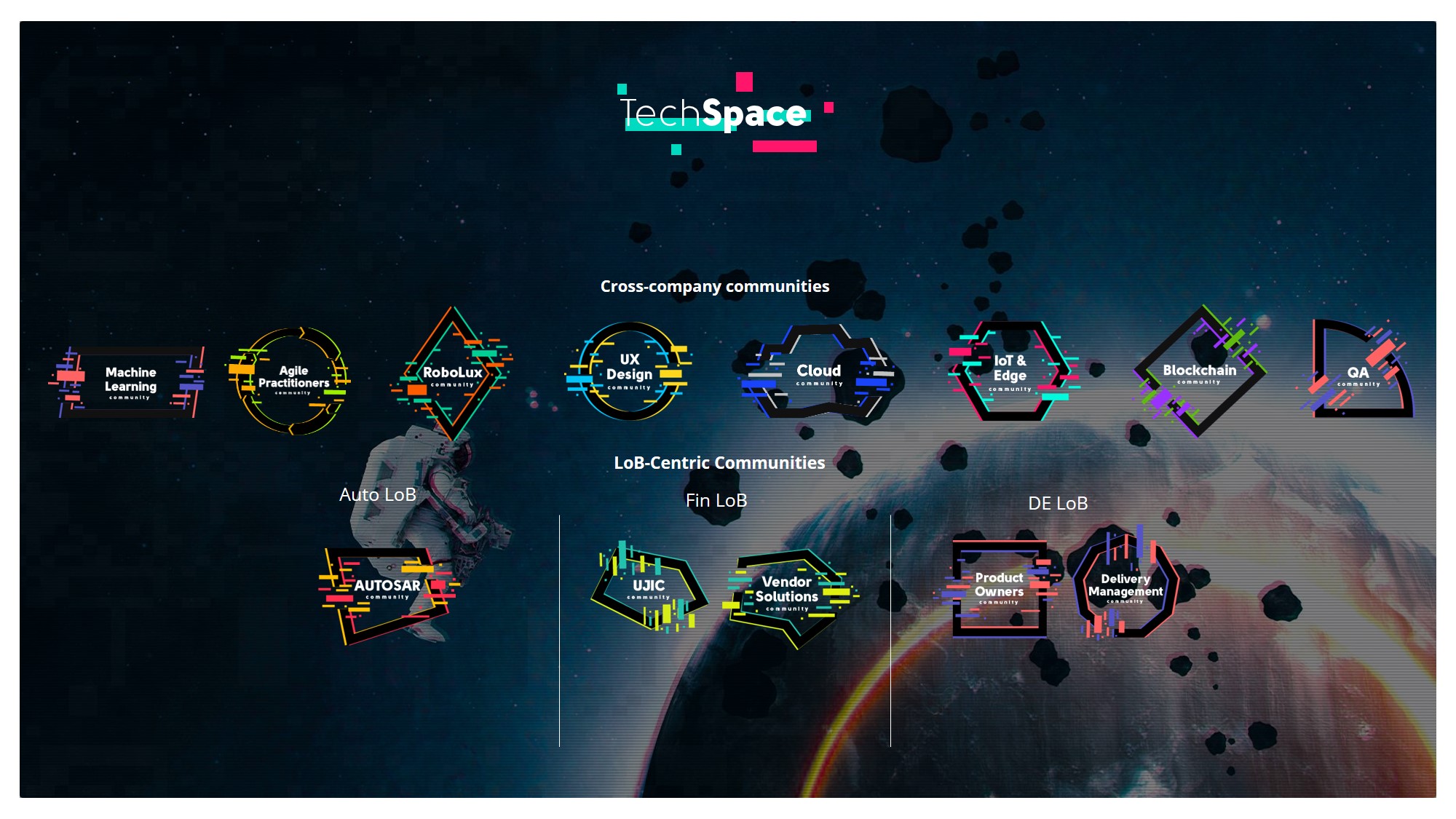
The pictures are beautiful, but can the specifics be?
The project was launched on November 5, 2019. First results in numbers:
- After four months, 1633 people are in at least one community. On a company-wide basis, this is about 12% of employees, and the number of employees is steadily increasing.
- 13 active communities
- 5 new groups are preparing to launch before the end of April
- 38 mitaps held
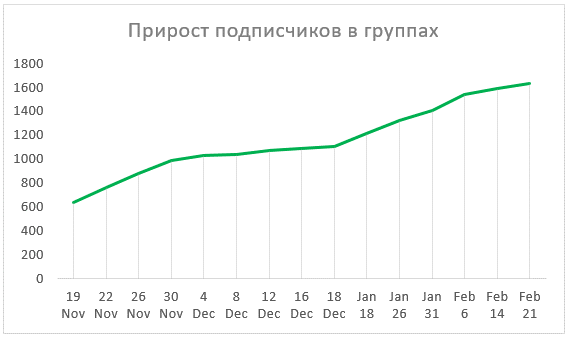
Behind each of these indicators is the great work of our team and the huge work of those employees who decided to speak, took the time to prepare materials and took on the functions of community leaders.

Here are examples of some of the topics of reports and mitaps that have already taken place:
- A bit about React Native for designers
- How and when to implement automation & Improving QA process with the best TFS practices
- Blender and Design Camera: how to make 3D animation for UI
- Bug reports and what to do with them
- Machine Learning: Time Series Analysis
- IoT foundations: why and how?
- Machine Learning: Introduction to Bayesian Data Analysis
Plans
As a maximum task, by September we would like to involve 30-35% of our employees in the project. Already now we can say that the project is gradually starting to develop on its own. The managerial efforts to find speakers and come up with activities in existing groups need less and less. Of the tasks to be solved in the near future:
- Create a unified knowledge base so that no speech, article or white paper is lost and can be found at any time by employees who need this information.
- To establish a system for training speakers and developing the skill of public speaking among those employees who are interested in developing in this direction.
So what?
This text is an experiment; in it, we wanted to tell you a little about our inner kitchen and what projects are being created and developed in Luxoft right now. In addition to TechSpace, there are some more interesting stories that we are ready to share with you. Is this interesting to you? Write about this in the comments.
In addition, we have a YouTube channel and TechTalks project – a series of video podcasts from renowned IT experts. Why do not we take one of the topics above (from the list of reports in the communities) and put the appropriate TechTalk so that you can also see it? I think a good idea! Write which topic sounds most attractive to you.
See you!
